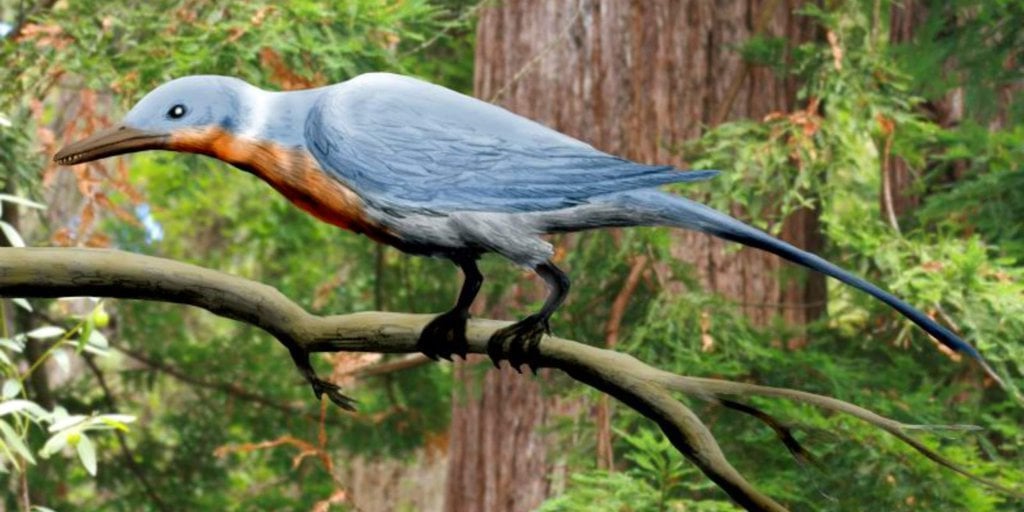
While classic species such as T-Rex and Triceratops no longer exist, the legacy of the dinosaurs survives to this day, and it turns out that birds have more in common with Uncle Velociraptor than we previously believed. While some avians didn’t survive the mass extinction event that occurred 66 million years ago, there are ancient species of birds actually had teeth, and it’s time to give them their time in the spotlight.
Toothed Birds Were Also Dinosaurs
While the successful beaked birds and the awe-inspiring non-avian dinosaurs usually get all the attention, paleontologists have delved deeper into the nature of toothed birds during the last two decades. They discovered toothed birds were more varied, widespread, and successful than it was believed—and they thrived for millions of years.

Modern birds are on a different evolutionary branch than most Mesozoic birds, so it’s no wonder they have different characteristics. Still, they had hollow bones, feathers, and other features common among their living cousins. Now, researchers are checking out the fossils of complete skeletons and bird parts using new techniques. The focus of the new research is on how these toothy bird dinosaurs spread everywhere back in their time.
Toothed Birds Had a Different Diet
Paleontologists found the first toothed birds in the 1870s. Now, they know that the earliest known bird Archaeopteryx, the marine bird Hesperornis, and the gull-like Ichthyornis all had teeth. This shows how they evolved from a raptor-like reptile lineage, and it shows that the Archaeopteryx indeed resembled some small carnivorous dinosaurs. Features associated with modern birds also evolved in non-avian dinosaurs. These include feathers, systems of air sacs, and egg-laying.

Despite all the differences that separate Mesozoic birds from modern ones, they remain recognizable birds. One big difference is that they didn’t have the ability of the beak to bend against the rest of the skull. That ability allows modern birds to open their beaks wider. It also lets them close their jaws faster. This translates to more power to bird bites.
Meanwhile, that difference means that toothed birds fed on something different. According to scientists, they could have fed on small invertebrates and morsels, a trait shared by some modern birds. There is also some evidence that some toothed birds ate insects and fruit.
A Different Diet
Most toothed birds were part of the enantiornithines group, but before modern birds did their own thing, some of them also had teeth. It was like that during the time of their evolutionary transition state. However, when the dinosaurs went extinct, no toothed birds survived, and they disappeared from the fossil record at the end of the Cretaceous, leaving the beaked birds as the only surviving dinosaurs.
So why didn’t toothed birds make it? Modern suggestions state that it might have been due to their different diet. While beaked birds had the adaptations necessary to survive on resilient foods like seeds and nuts, toothed birds weren’t that lucky. They preferred insects and small reptiles, and there weren’t many of those around as most ecosystems collapsed. And there’s your dose of historical biodiversity for the day!